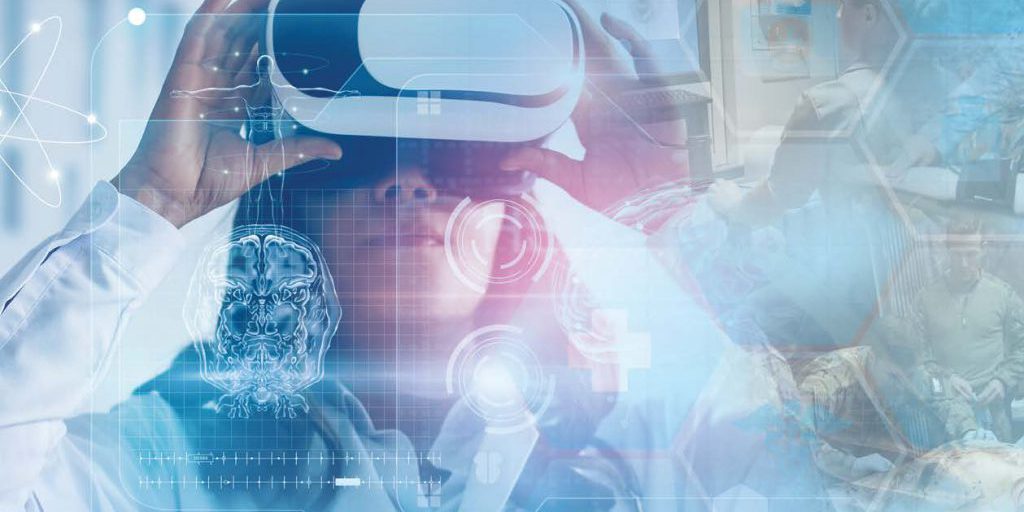The field of medical simulation originated in ancient times, where simple models of human patients were portrayed in clay and stone to represent clinical features of disease progression and its effects on humans. Historical data from the Middle Ages documents the use of animals for training surgical procedures. However, it was not until the 20th century that human patient simulators (HPS) were developed for education and training.
Modern medical simulation has blossomed since the 1930s, facilitated by successes in flight simulators. Current advances in biomedical technologies have enabled the development of highly realistic, anatomically correct, physiologically based, and cost-effective simulations to support the training of medical personnel.
Over the last century, battlefield casualty survival rates have improved from 80 percent during World War II to 90 percent in recent conflicts. This is attributed to several factors, such as advancements in personnel protective equipment, and deployable trauma treatment technologies. It is also important to note that simulation-based training has been instrumental in training military medical personnel to save lives.
The Department of Defense relies heavily on the use of modeling and simulation to train the warfighter, especially in the medical field. In the past 20 years, there has been a push to increase the fidelity of medical training systems. During training, soldiers are given opportunities to master their cognitive and psychomotor skills. As students move in the training continuum towards proficiency, fidelity becomes more important for creating a realistic stressful and immersive environment. The ultimate goal is complete suspension of disbelief to achieve stress inoculation.
The medical modeling and simulation field continues to make strides with simulation-based solutions. A prominent example is the improvement over the years with HPS capabilities. Early HPSs were tethered, which made field training events difficult. HPSs are now wireless and incorporate advanced features including motion, facial expressions, and vocalization to indicate signs of life and pain, while forcing trainees to communicate with the patient.
This special edition will provide a glimpse into current efforts to improve military medical training. The first two articles provide interesting insights on how the Navy is utilizing medical modeling and simulation as an education and training modality. The article titled “Capabilities of the Naval Medical Center Portsmouth Medical Simulation Center” provides an overview of the medical simulation capabilities at the Navy’s premier medical training center and describes how these capabilities support the training of individual and team skills to reduce the number of preventable medical errors. The article titled “Navy Medical Modeling and Simulation in a DHA-Service world” describes the role of the Defense Health Agency in centralizing, coordinating, and consolidating medical modeling and simulation requirements.
The Army is adding malodors to create training environments as realistic and difficult as encountered on the battlefield. The article titled “Reliability and Feasibility Considerations in the Assessment of a Malodor Adaptation Technique: A Pilot Study” which was published recently in the “Military Medicine Journal” assesses the impact of malodors in the performance of complex tasks.
The Special Operations community is working with the Army to develop high fidelity surgical simulations with lifelike synthetic materials that look, feel, and even smell like human tissue. The goal is to create a training environment that blurs the boundary between real life and simulation. The article titled “High-Fidelity Surgical Fasciotomy Simulator for Training Special Operations Medics” describes an effort to develop a high fidelity part task trainer for SOF medics to master a procedure to relieve acute compartment syndrome of the lower extremities.
Data from current and previous conflicts show that 90% of all combat deaths occur before a casualty reaches a definitive care facility. Pre-hospital care plays a vital role in battlefield medicine and focuses on improving medical care at the point of injury. Trends indicate that female trauma survival rates may differ from males. The article titled “Saving Female Lives using Simulation: Elevating the Training Experience” describes what the Army is doing to increase the survival of female casualties at the point of injury. It provides an overview of the literature on female simulation, anecdotal evidence of the current training gap, and explains current trends highlighting the need for female simulation.
The Department of Defense is the single largest provider of simulation-based medical training worldwide. Providing this training requires the complex coordination of time and resources to support the full continuum of care, from austere environments to military hospitals and treatment facilities at home. Medical simulations are an integral part of the military health system, providing opportunities for skills development and performance assessment of both individual and team-level medical-related tasks. The different services within DoD support a variety of medical roles, including both medical professionals as well as support staff who must communicate effectively. As technology improves, both military and civilian health systems can benefit by consistently identifying gaps in performance and capabilities, and working together to develop solutions to continuously improve.


